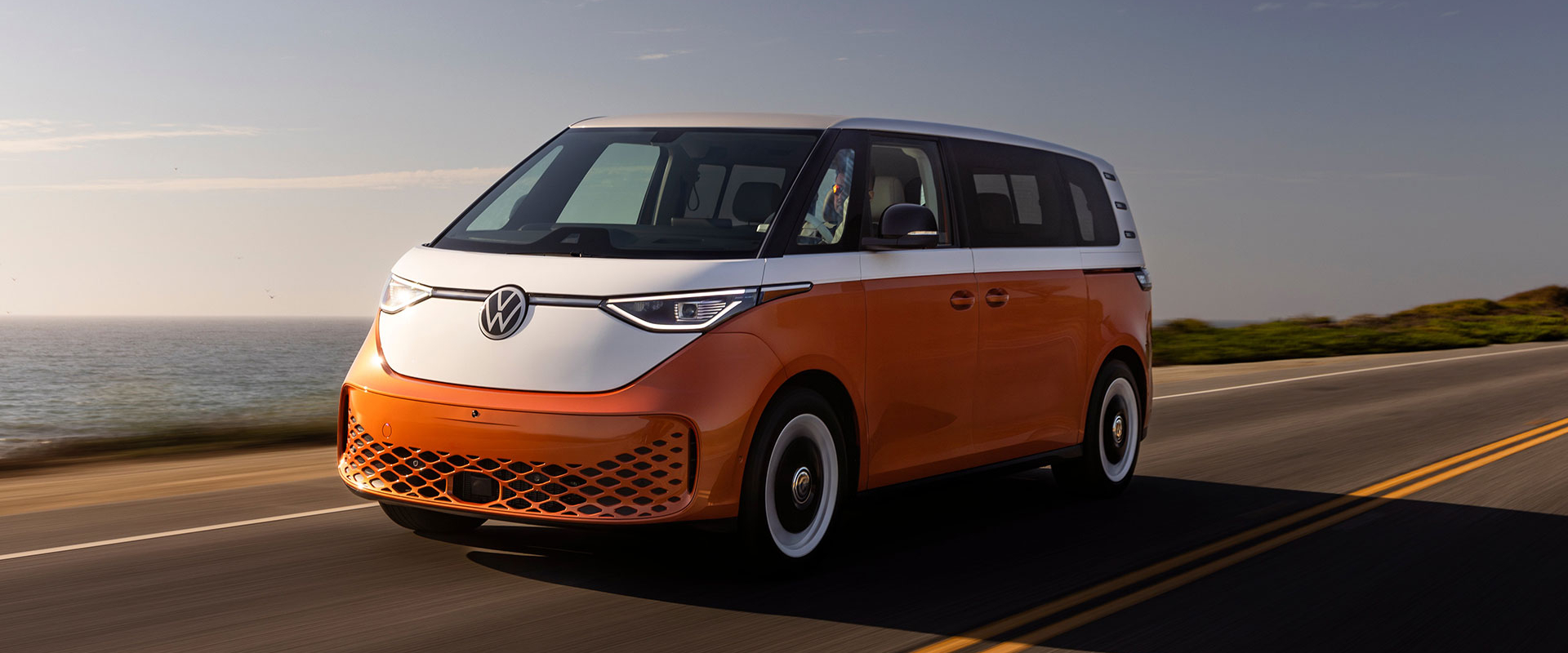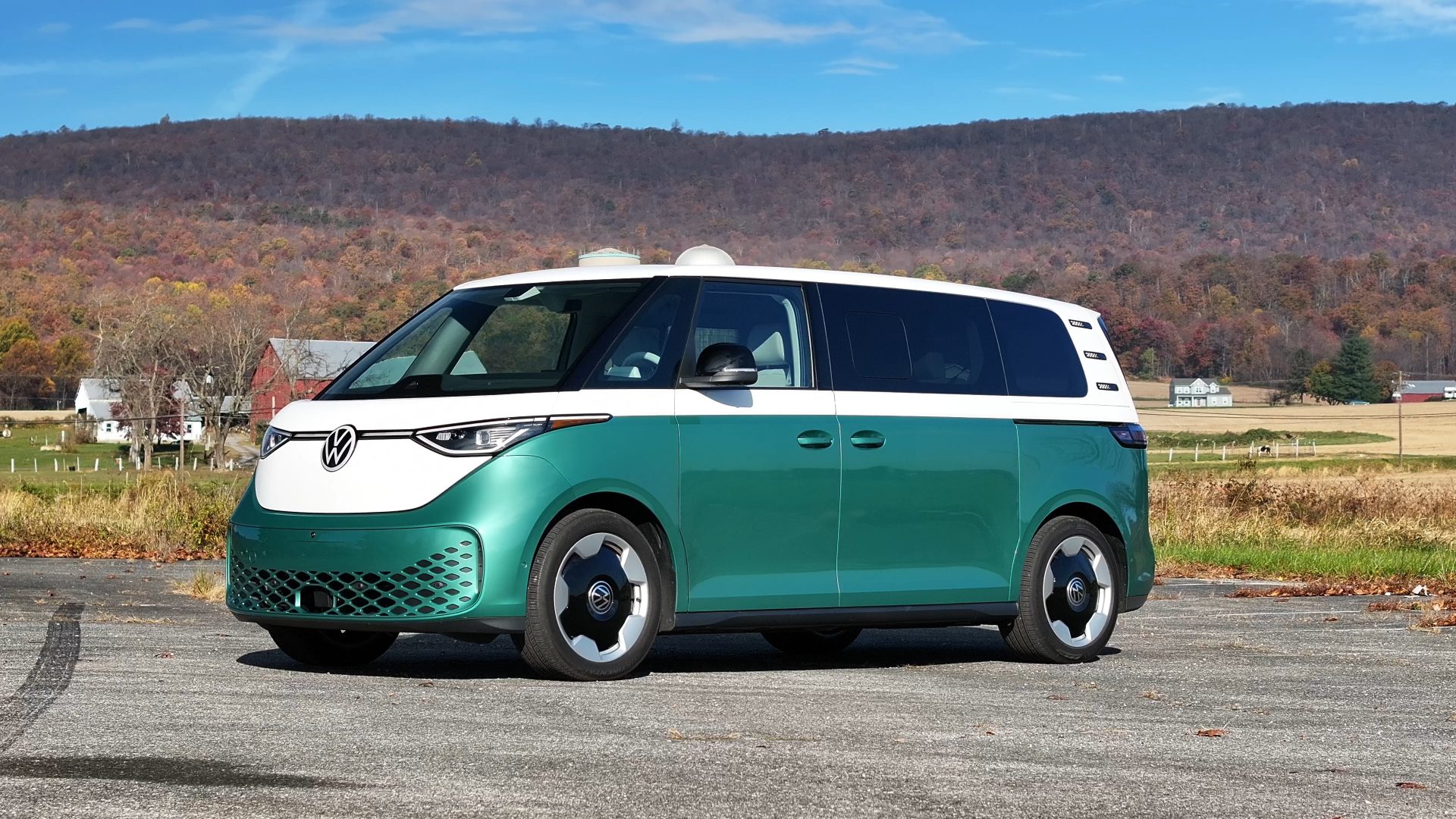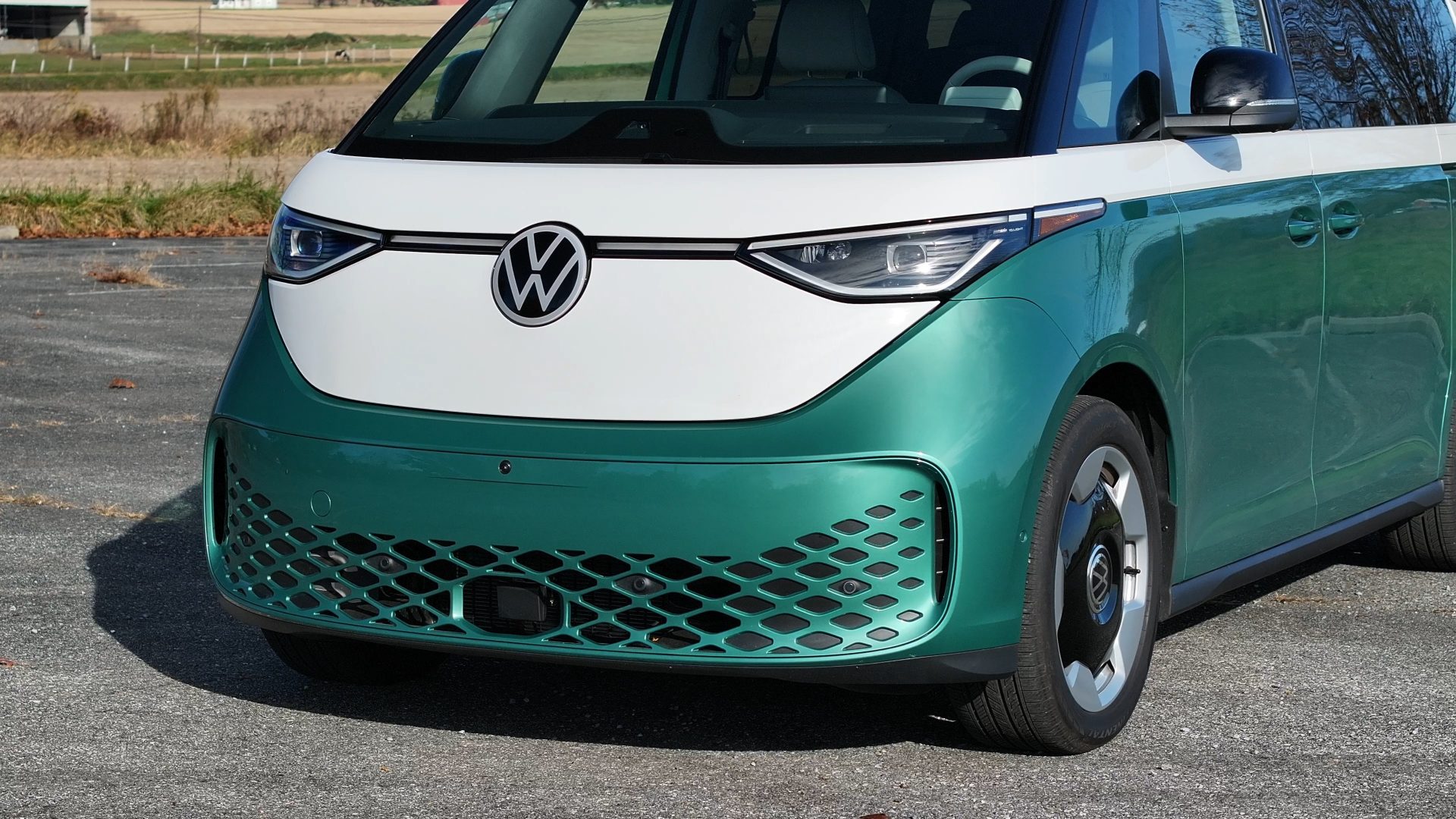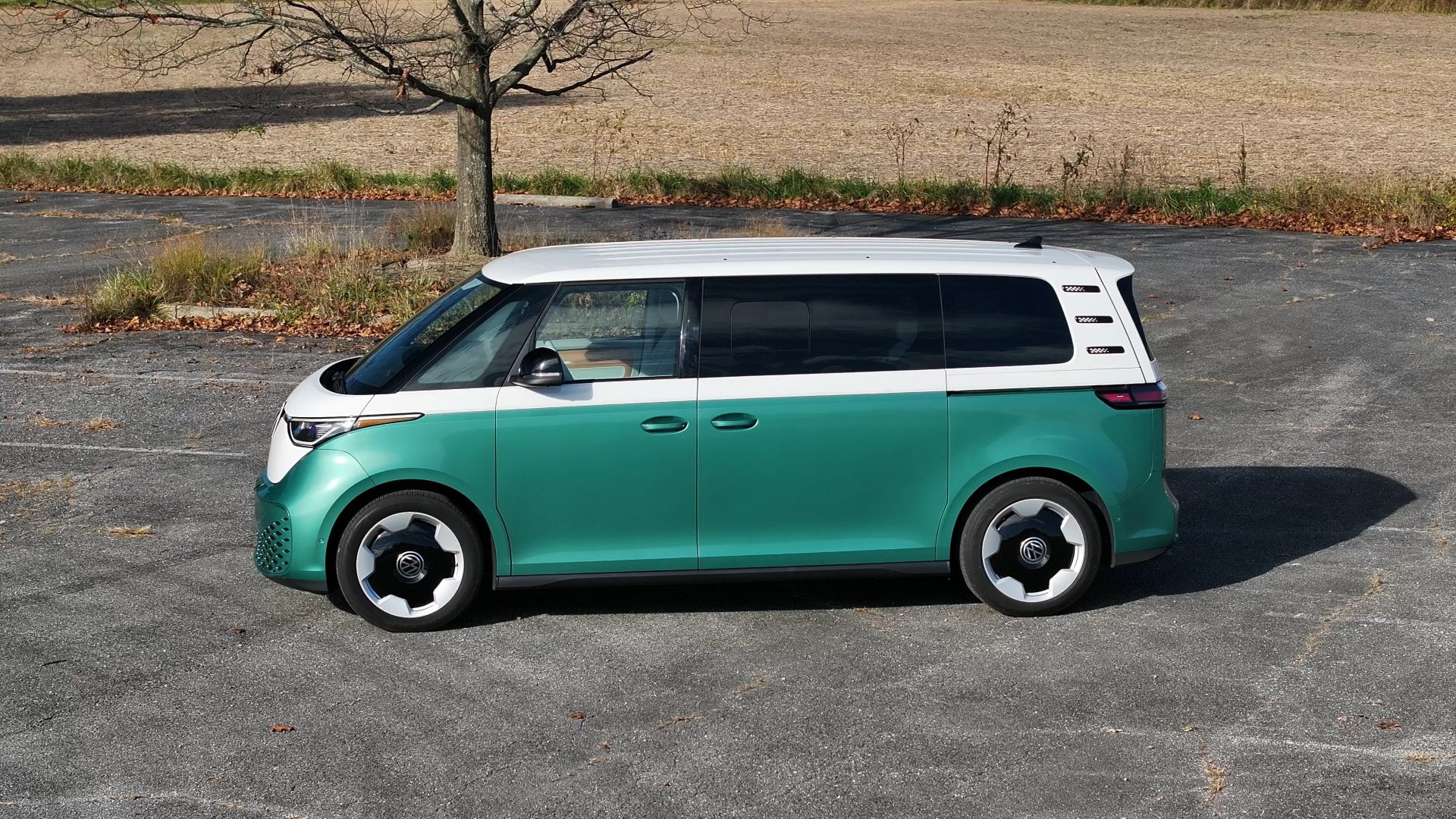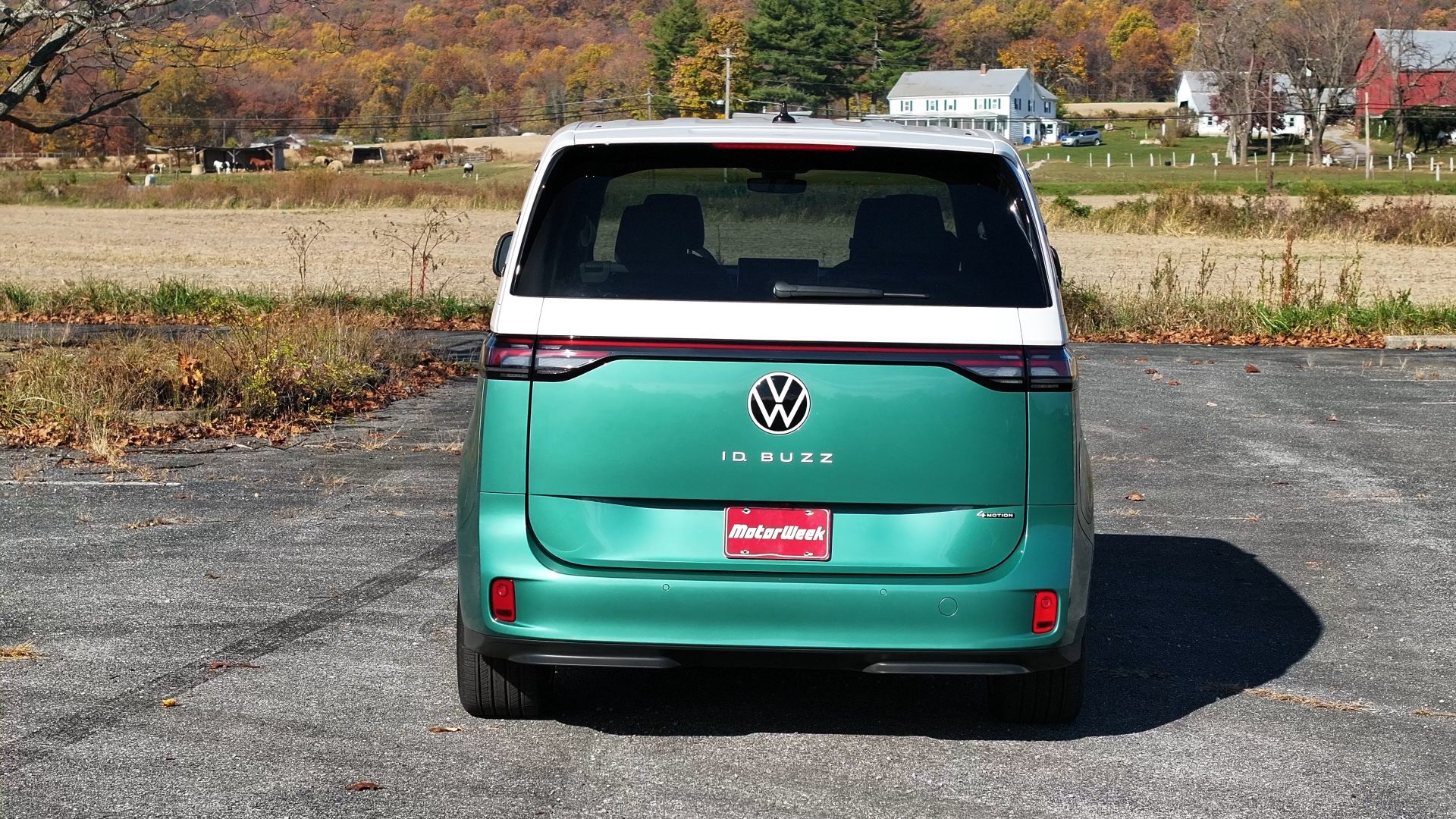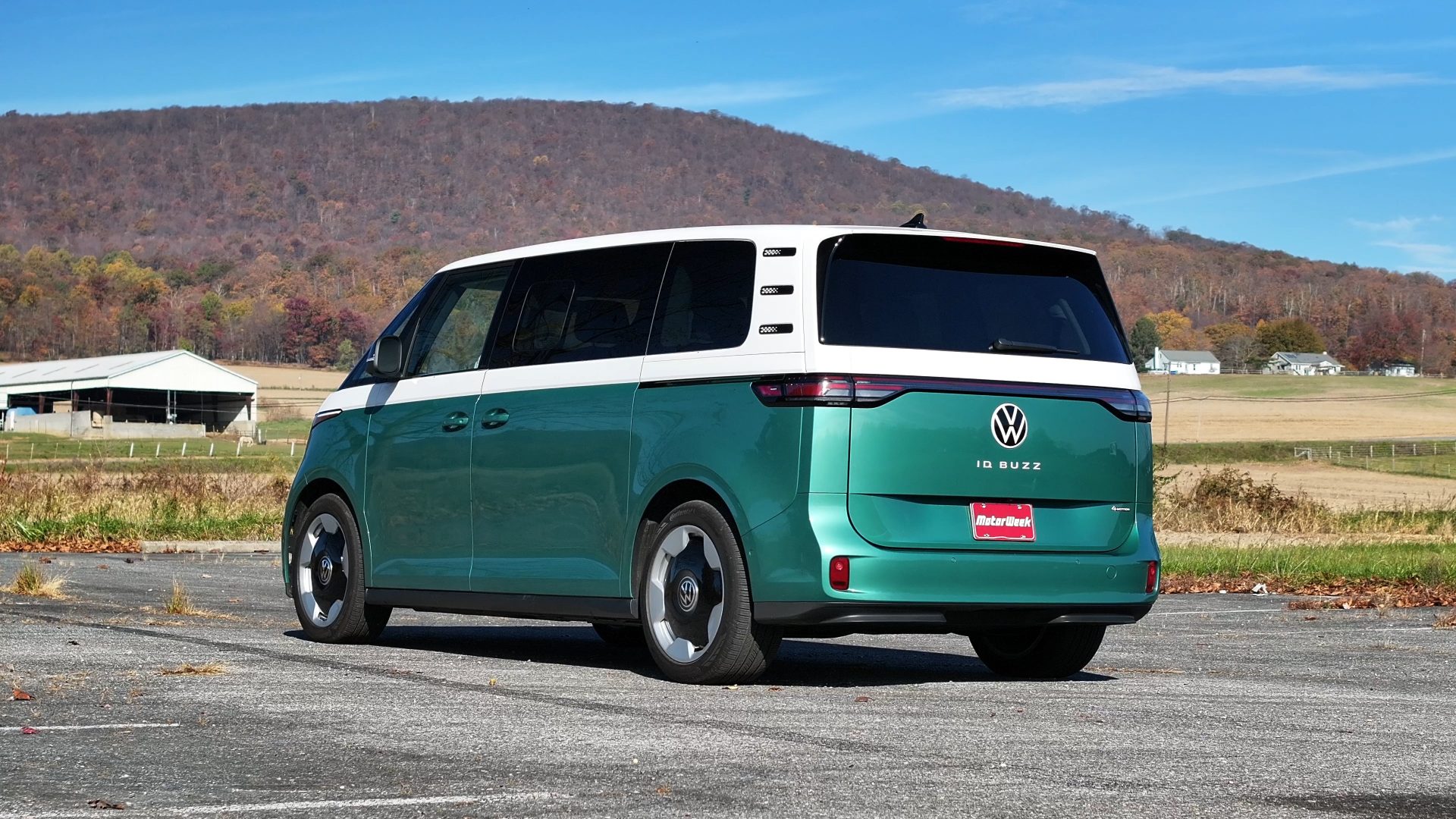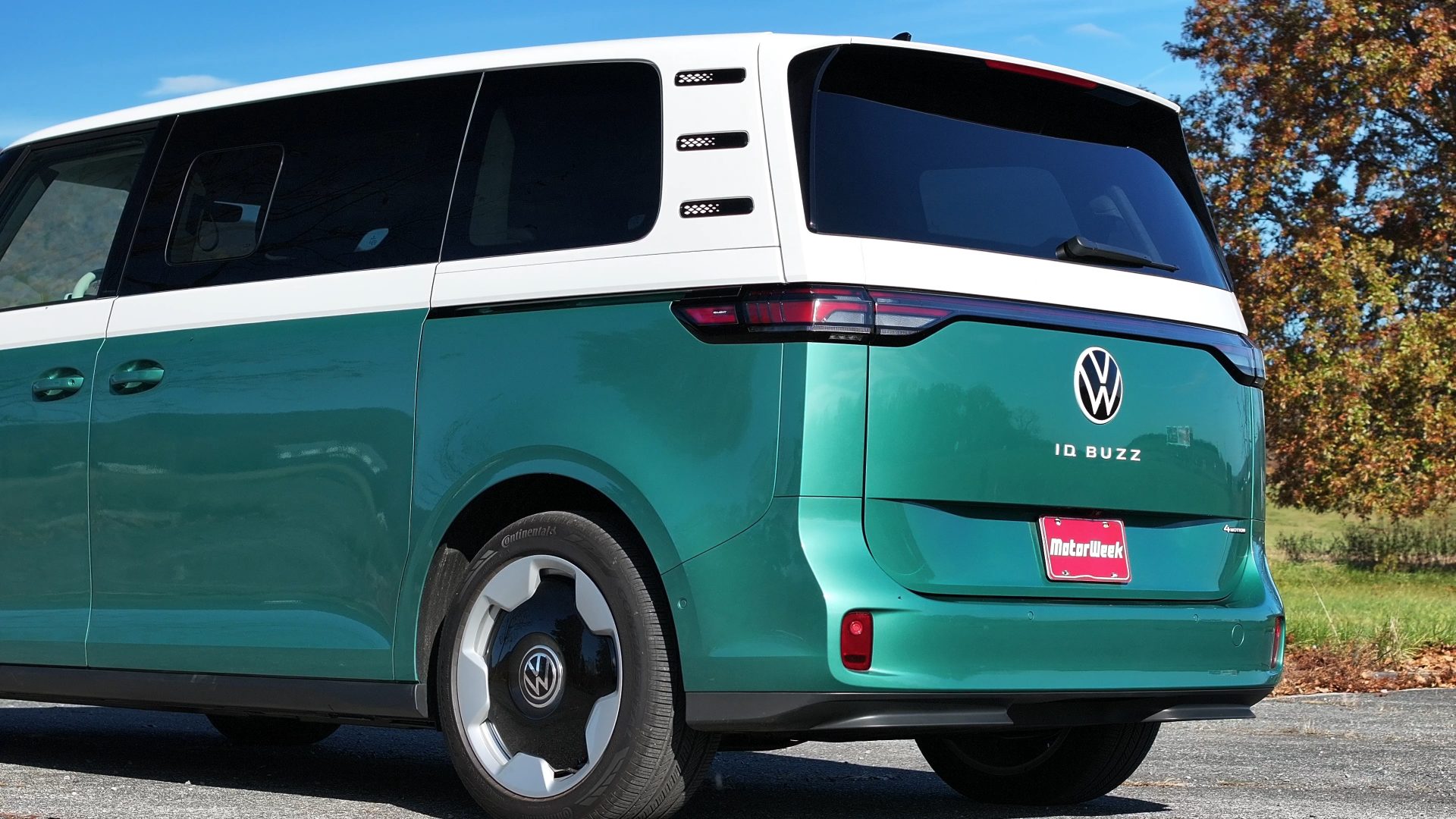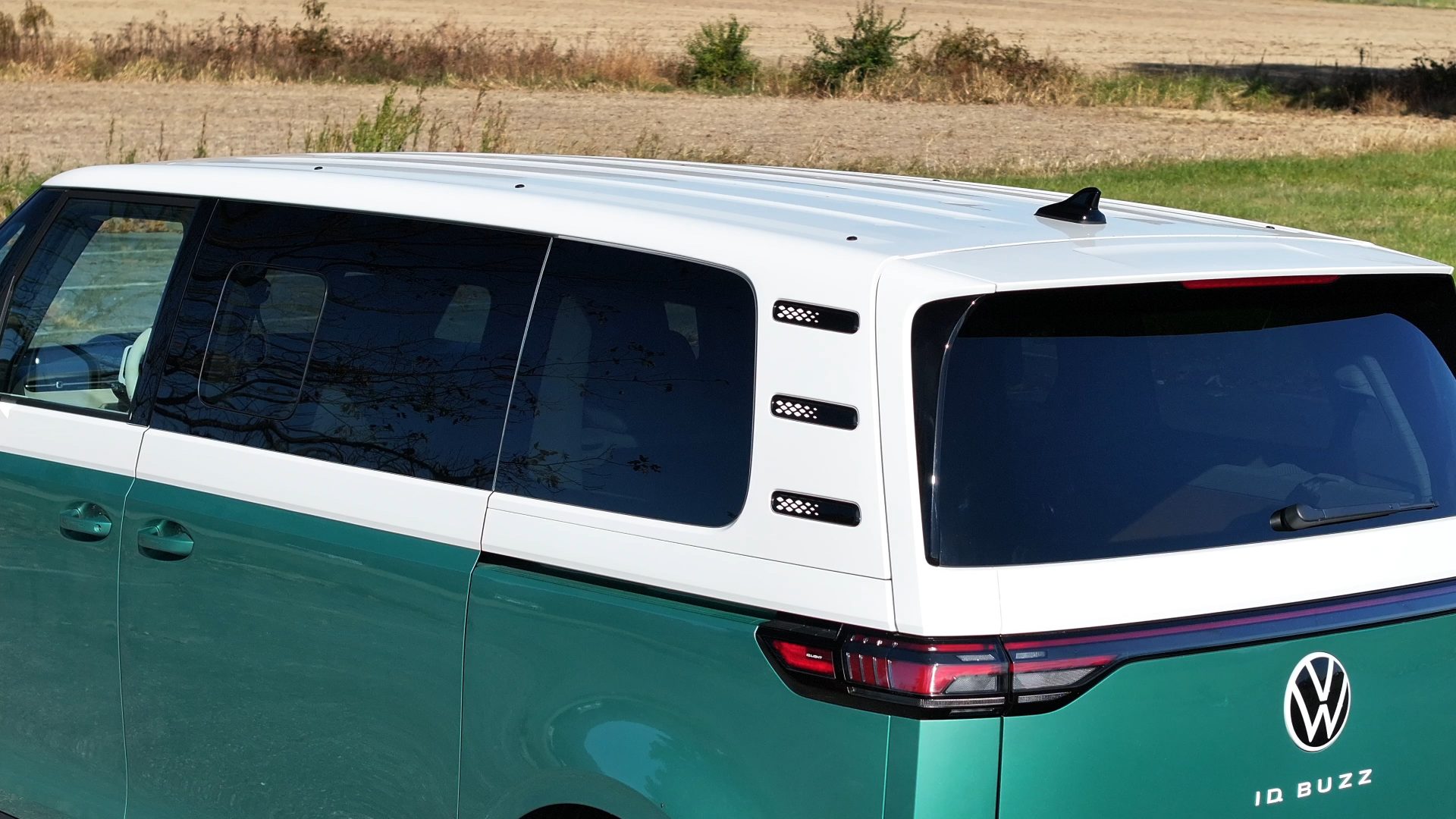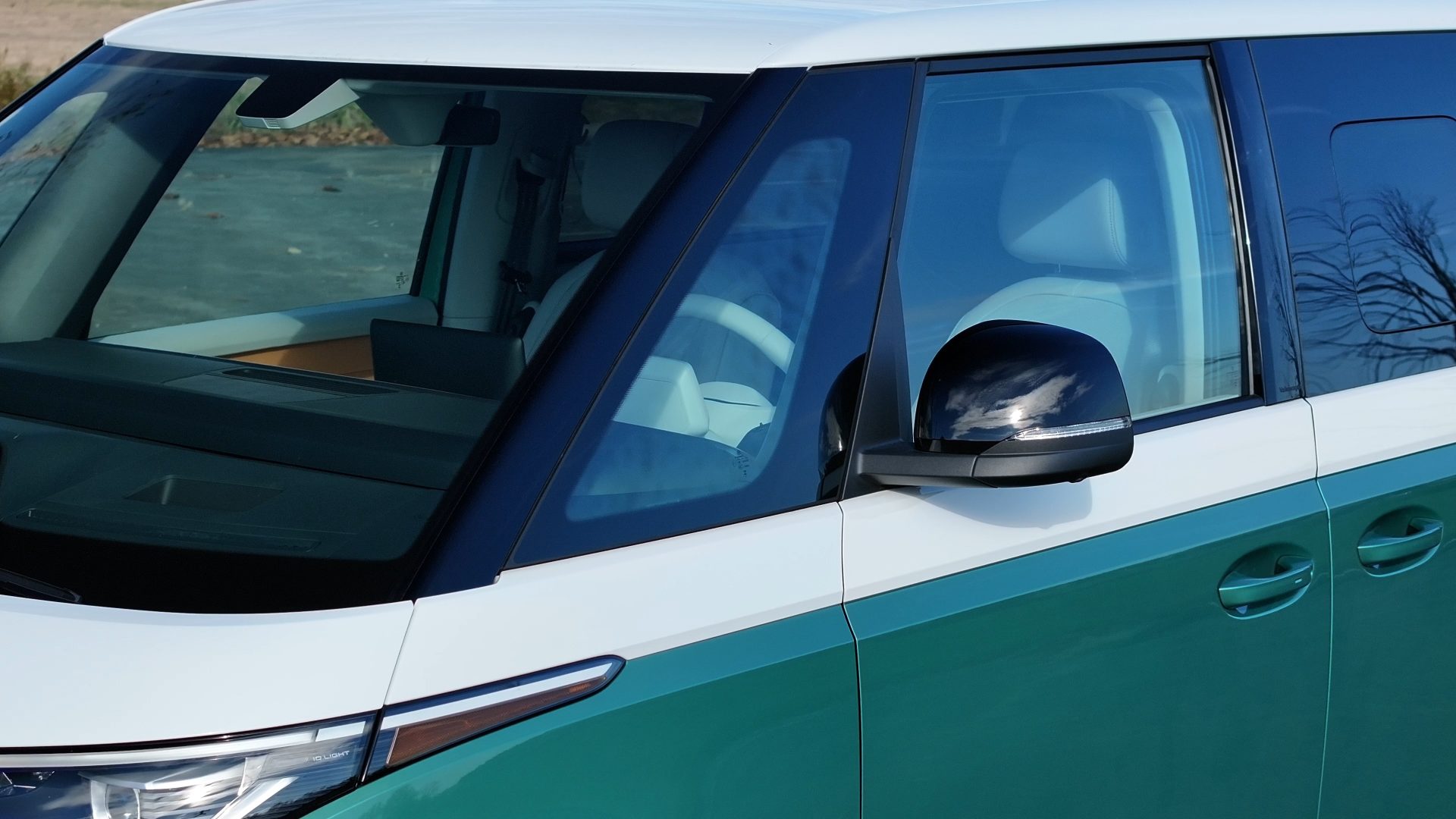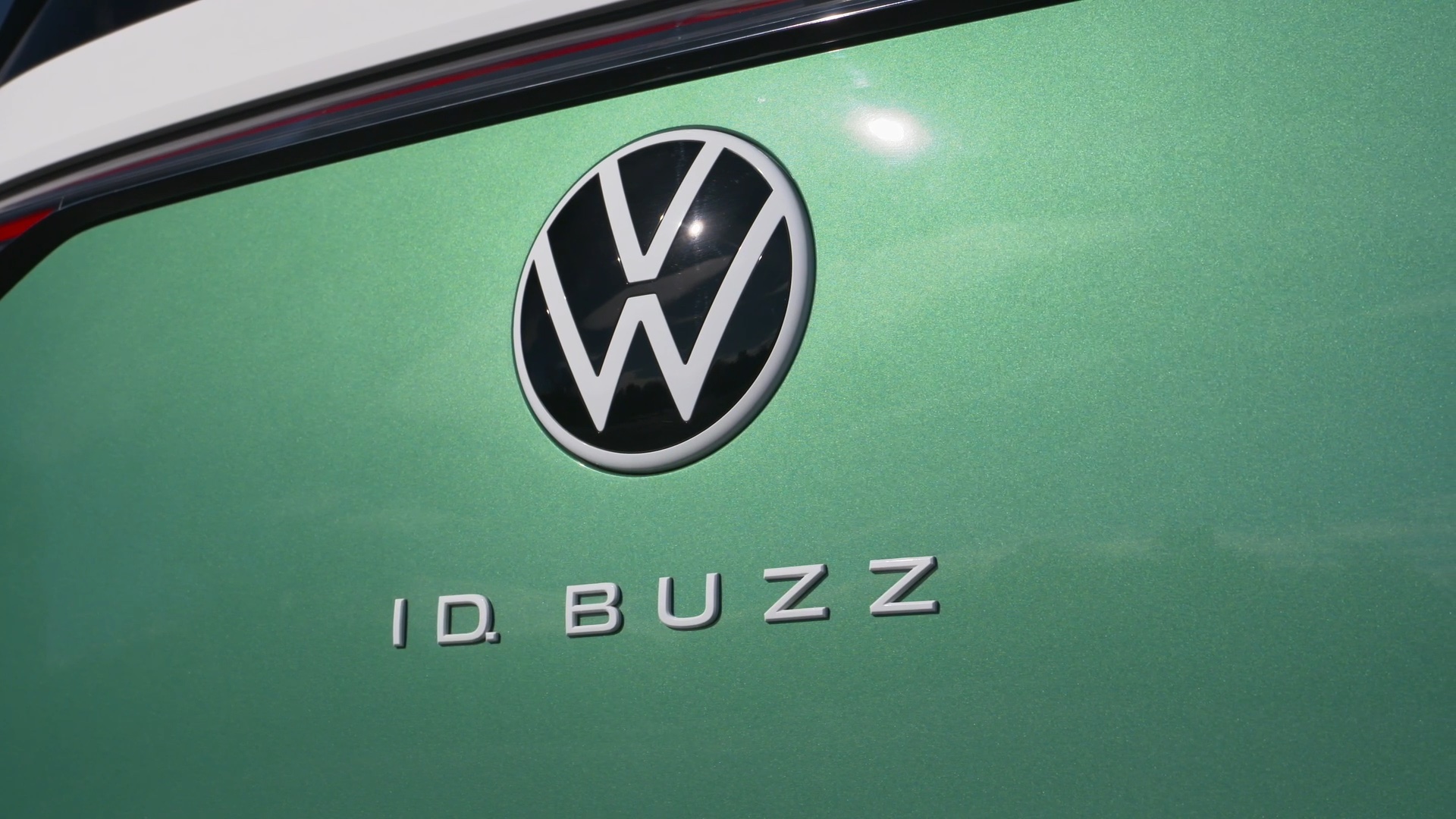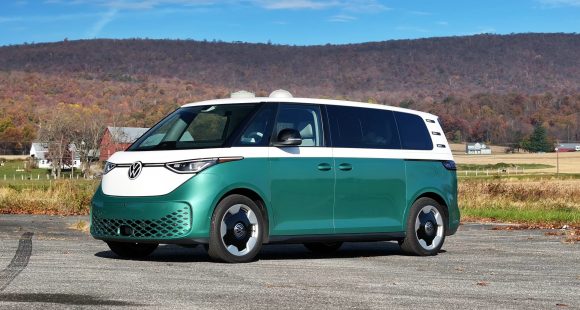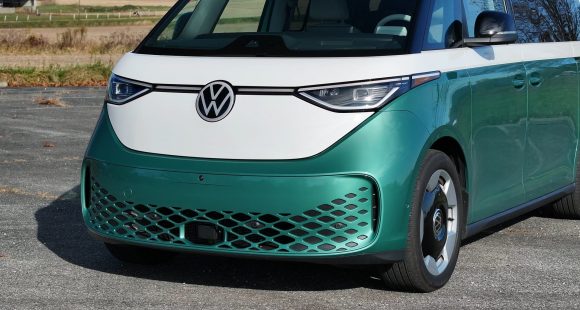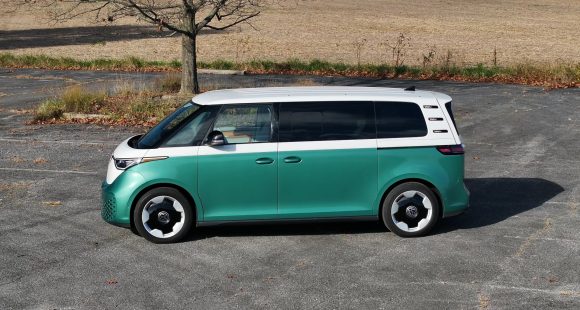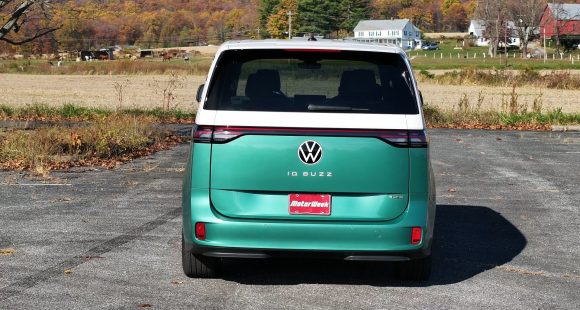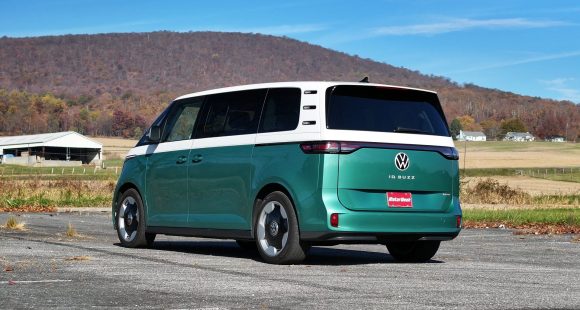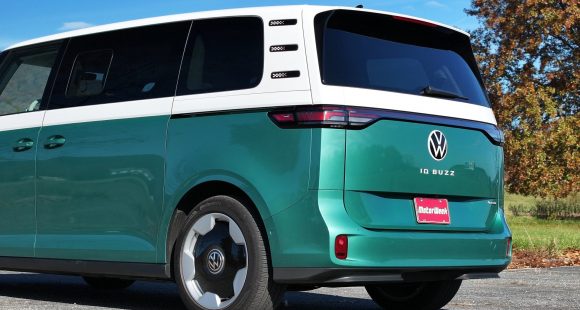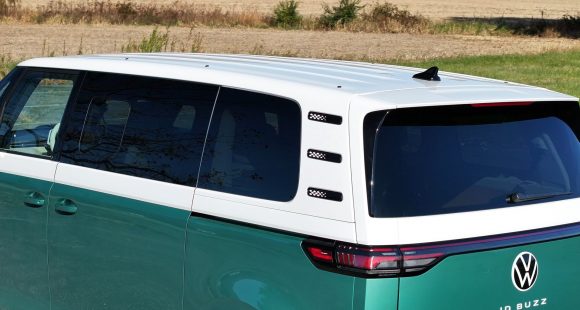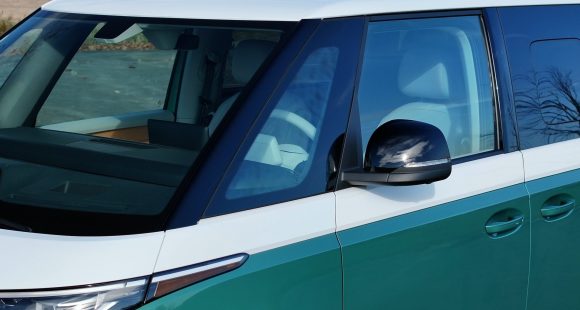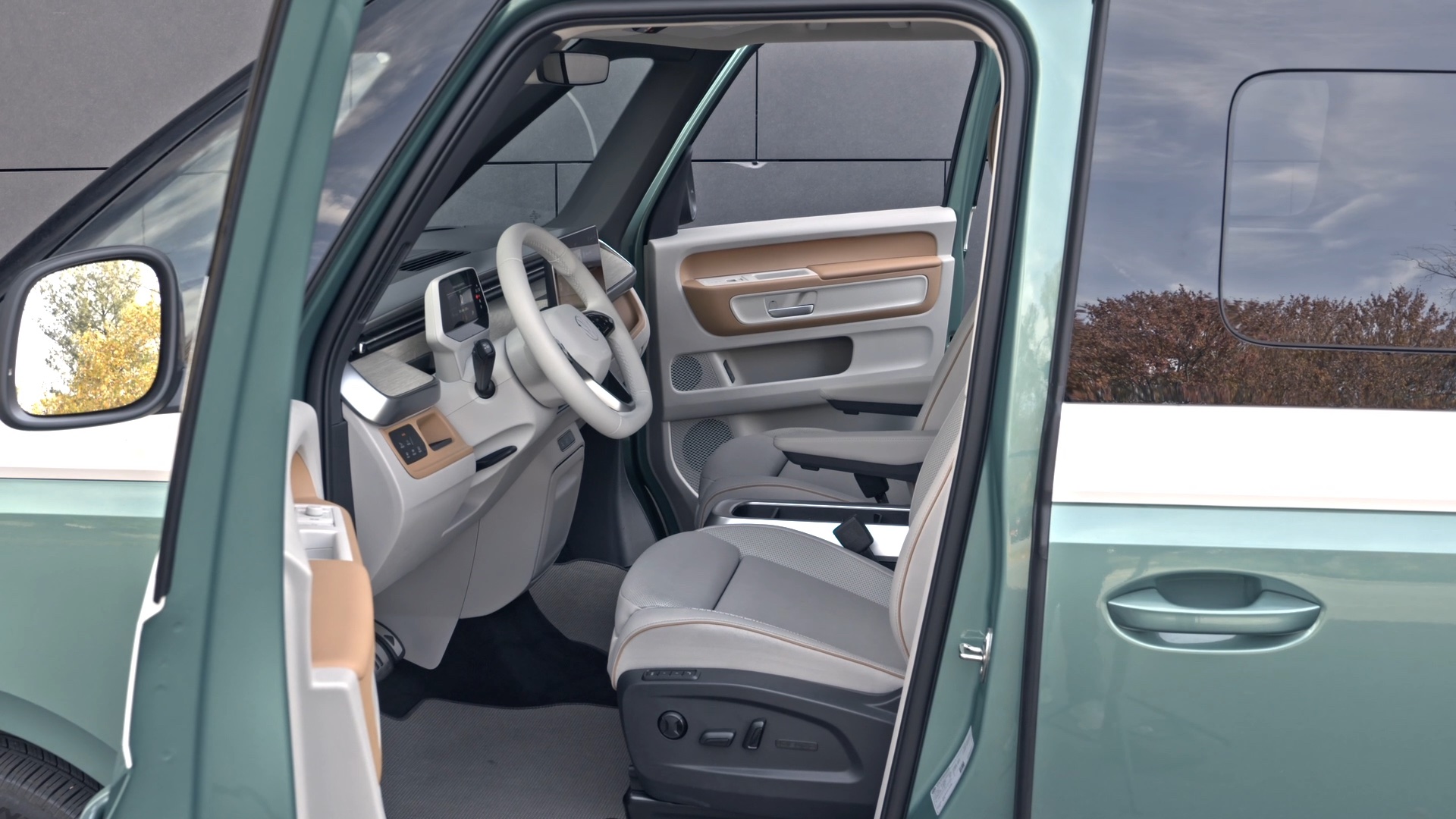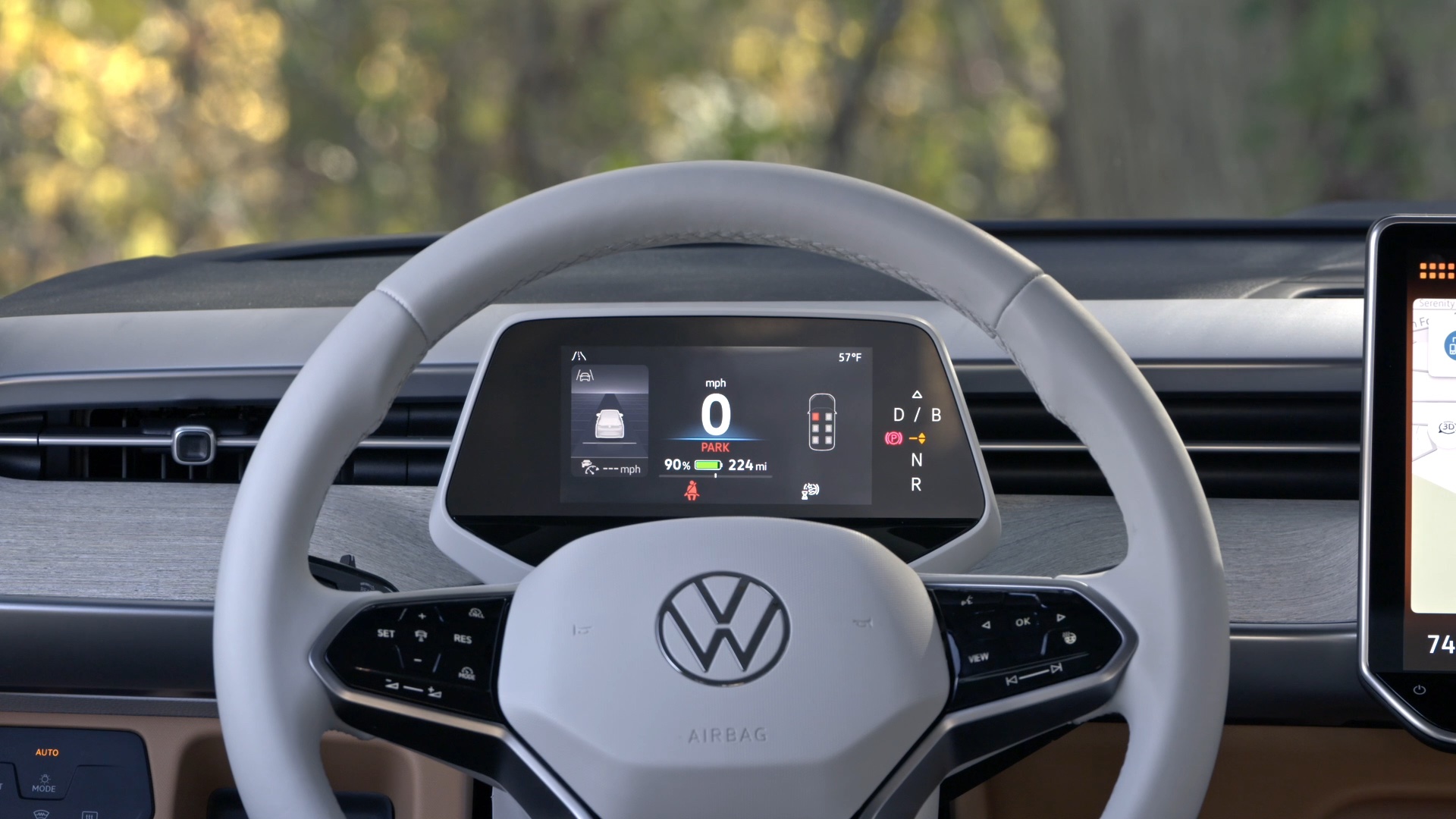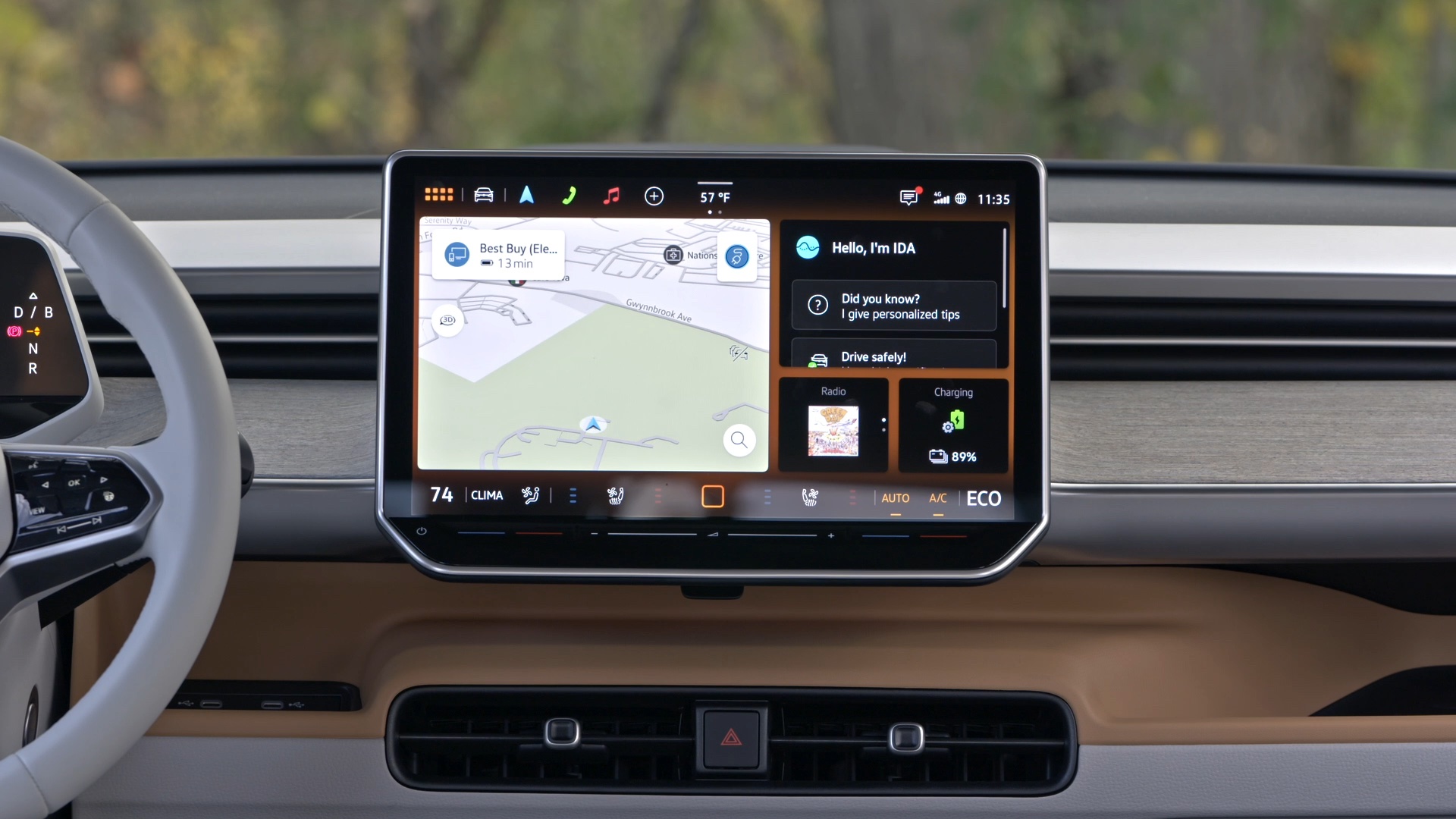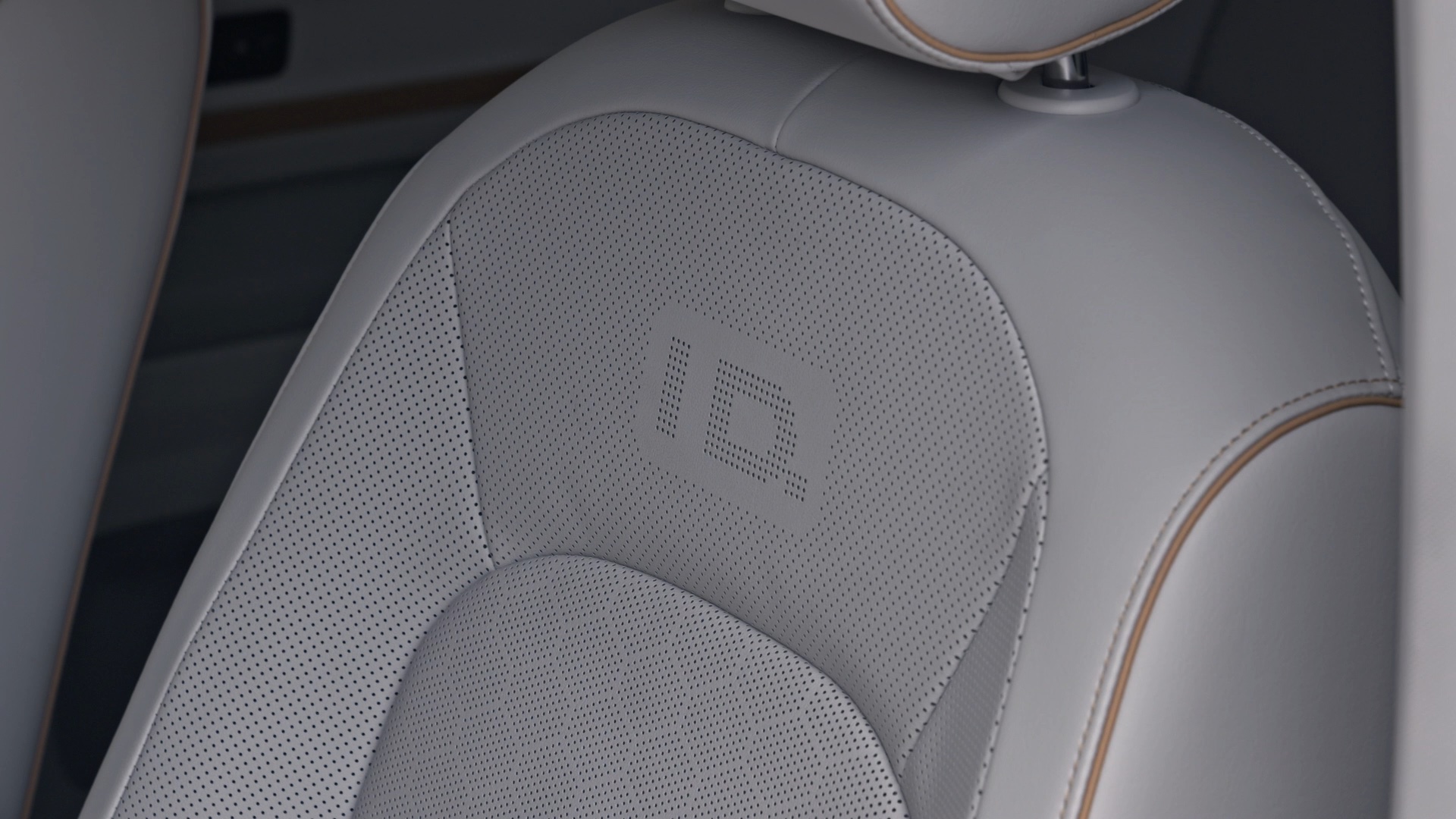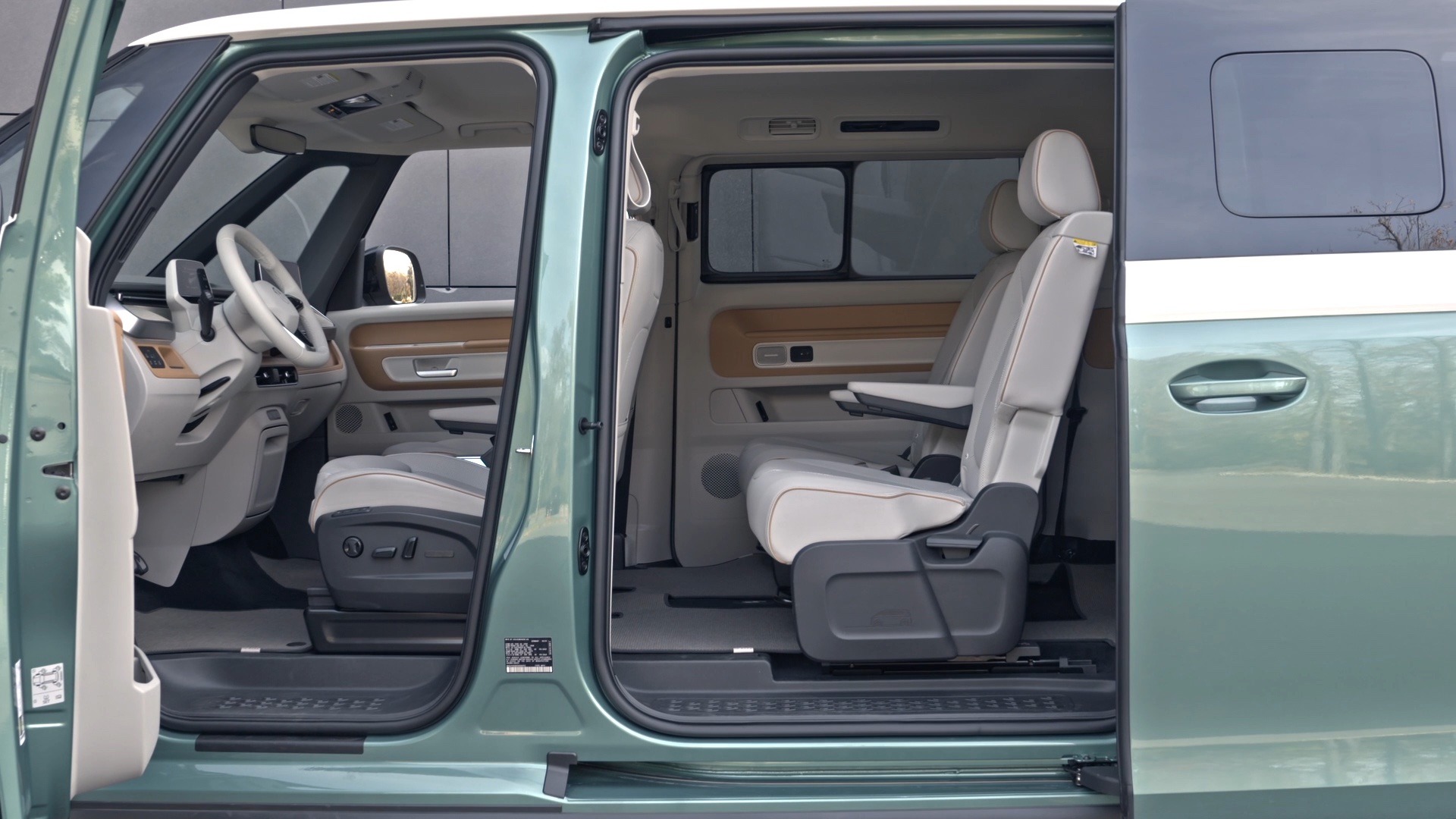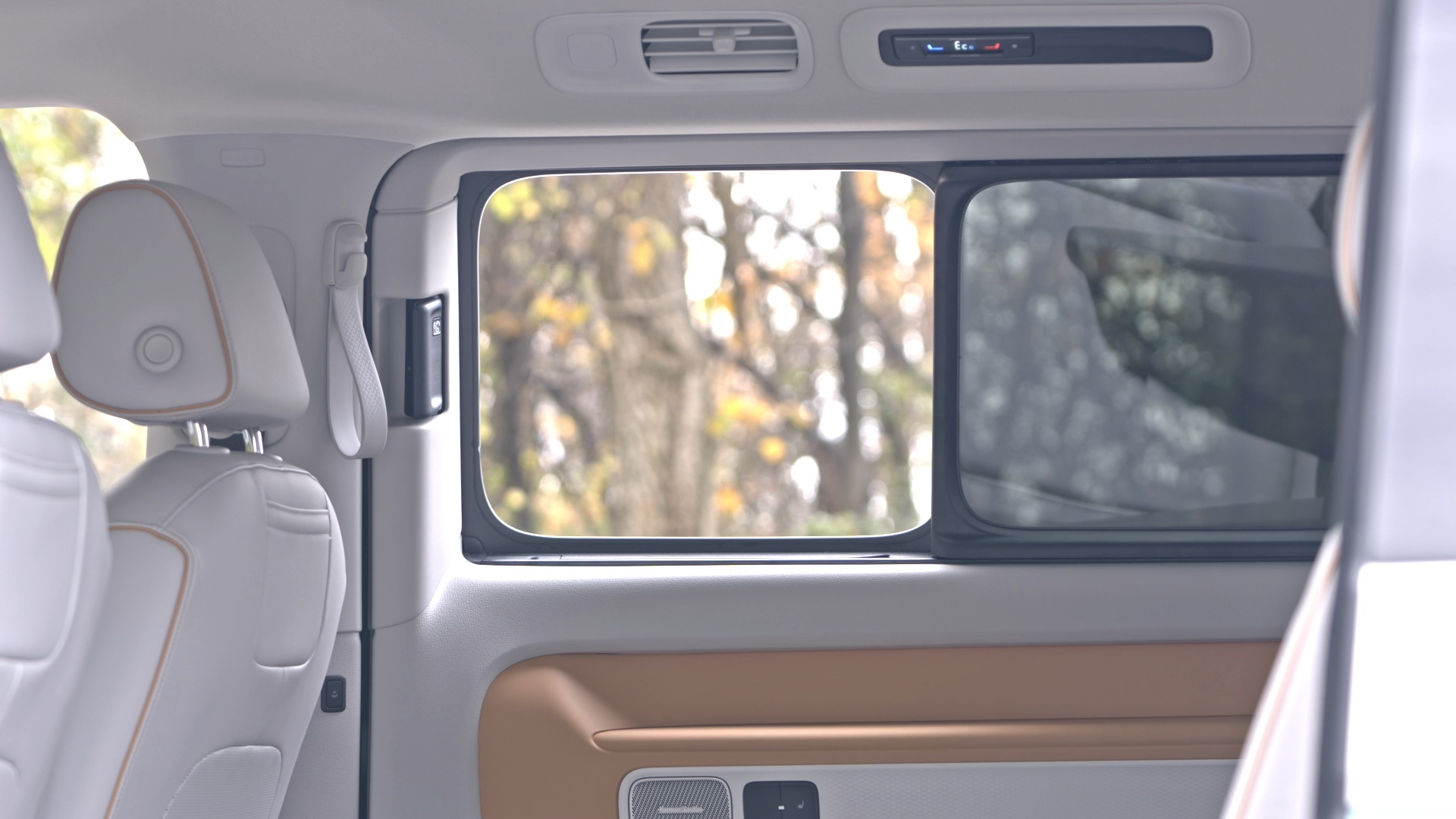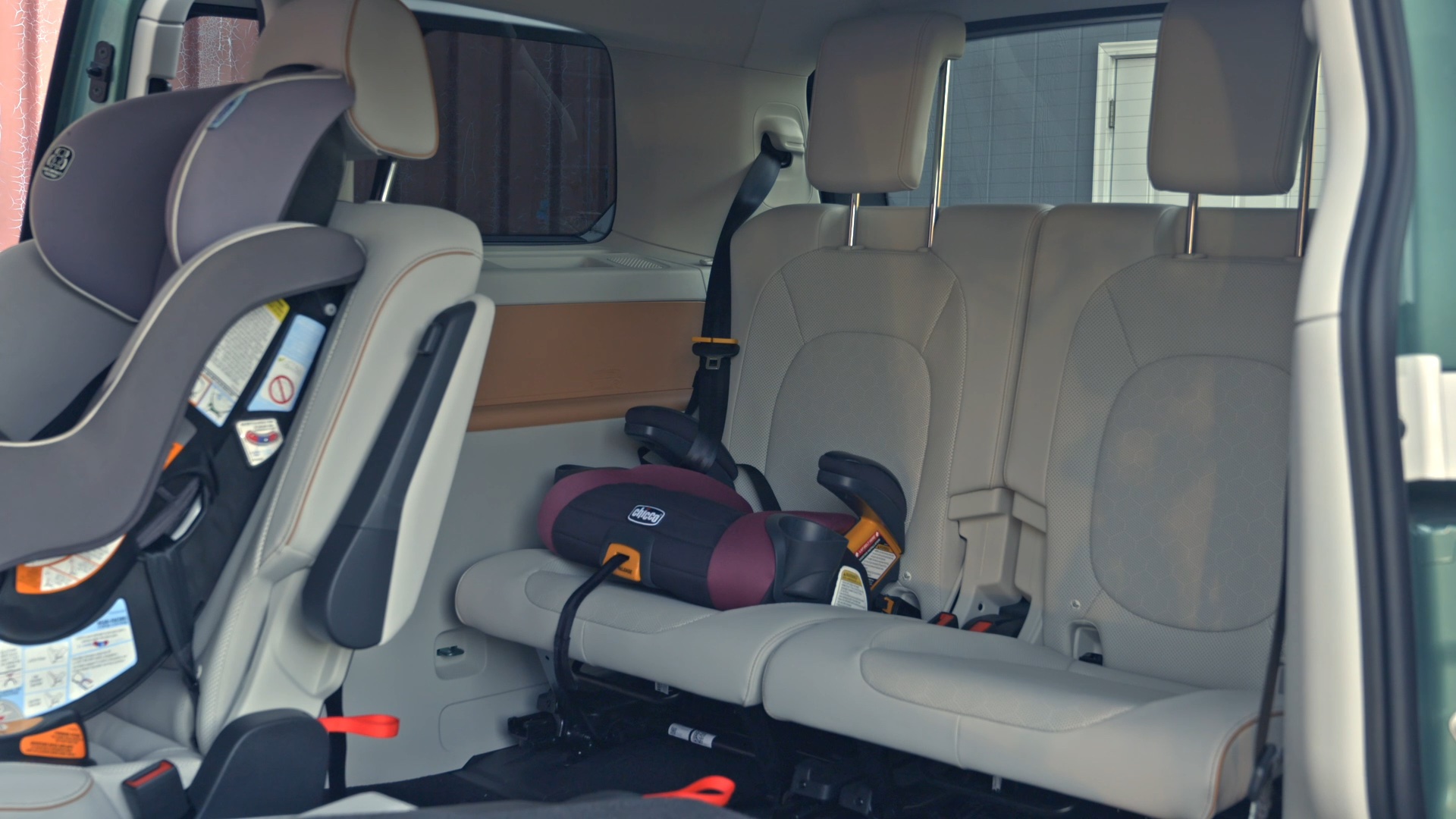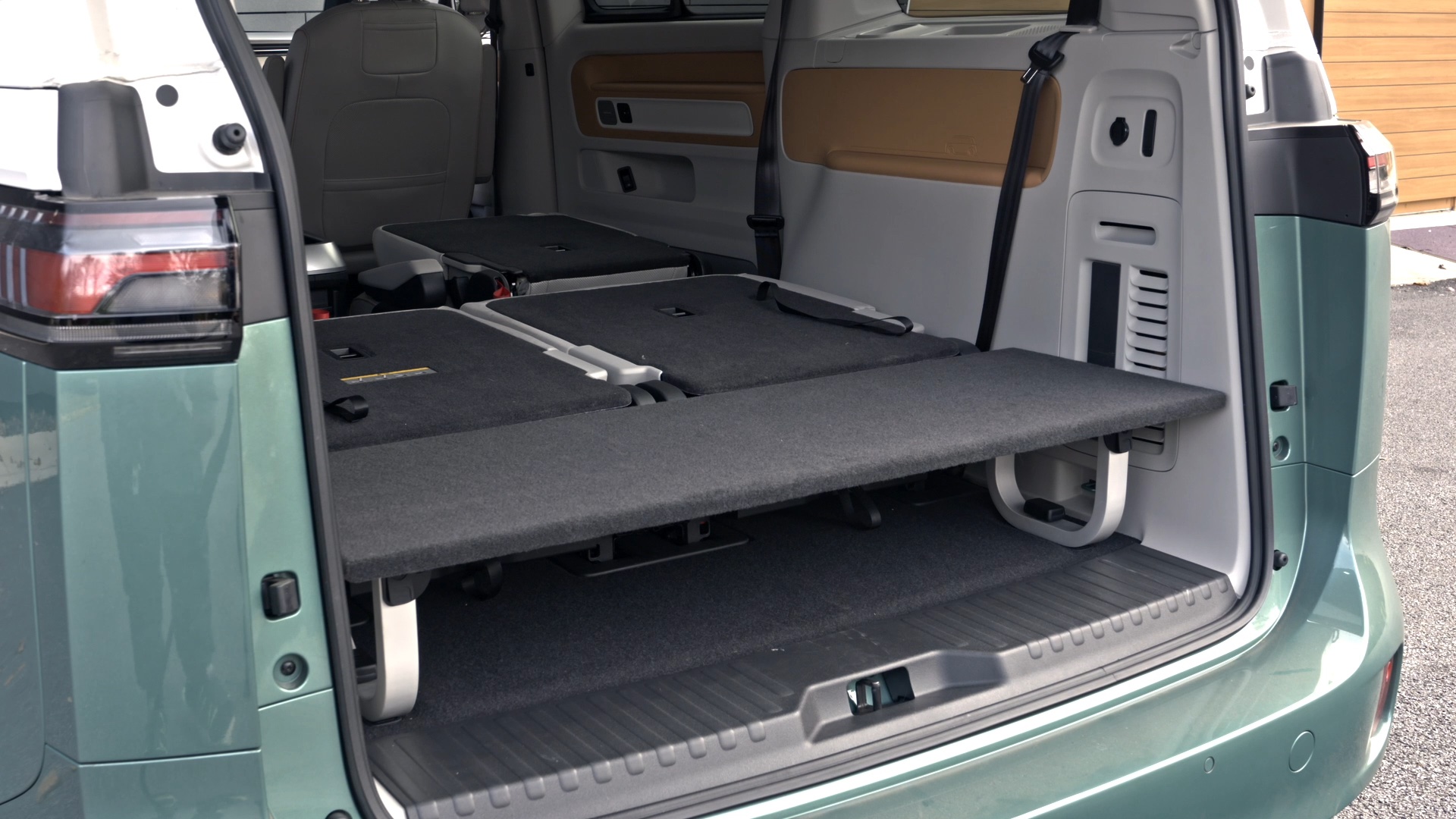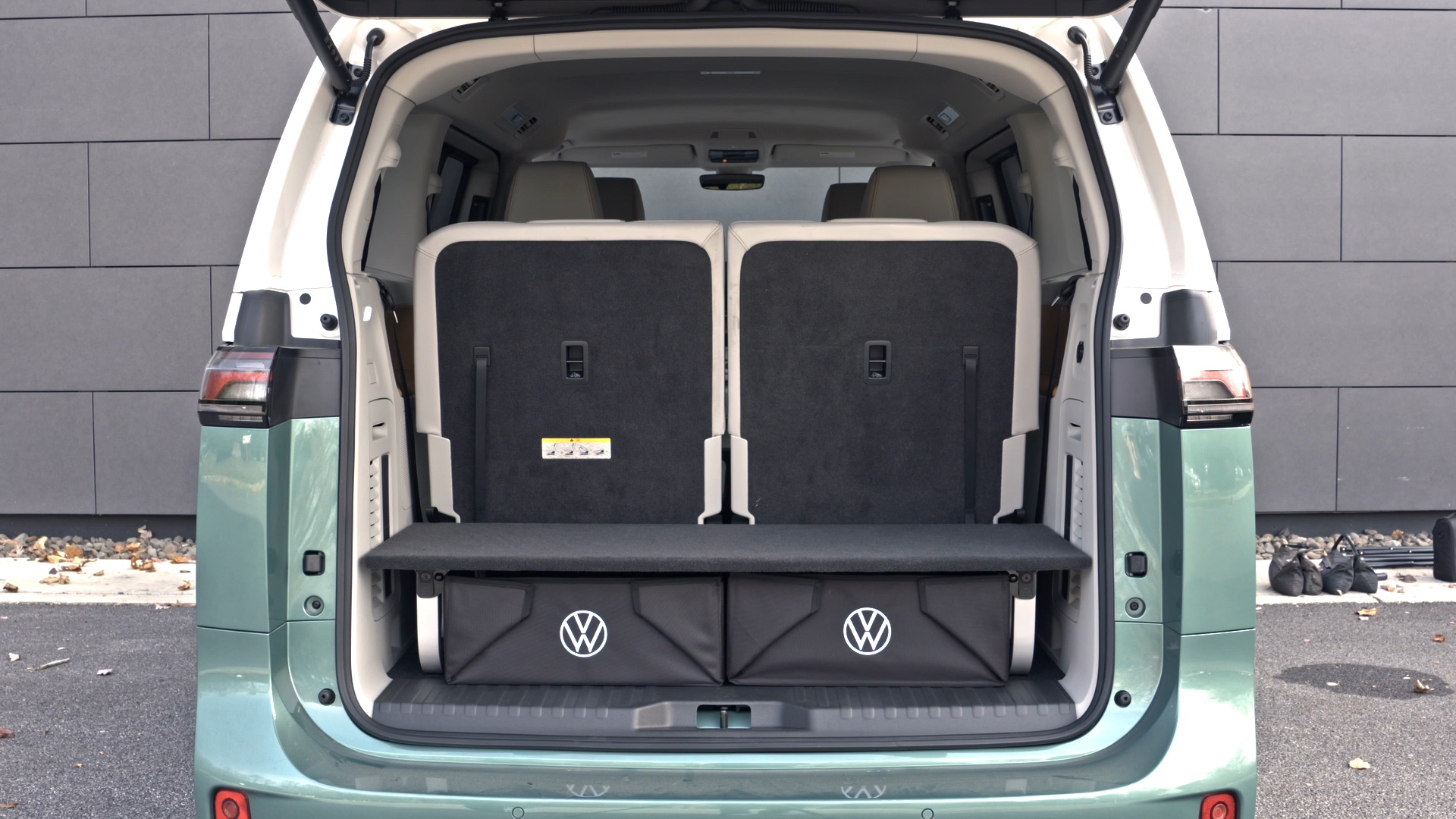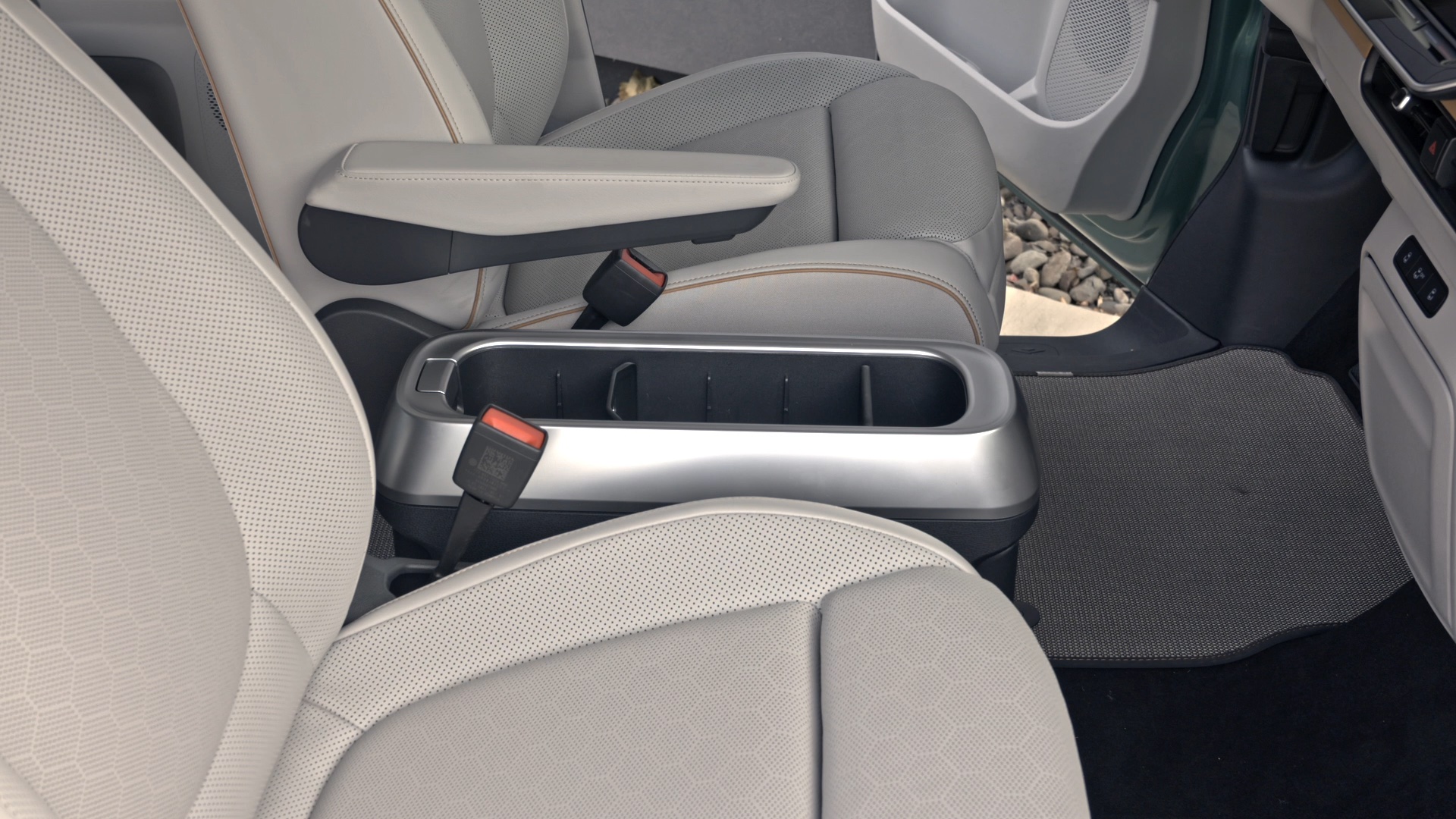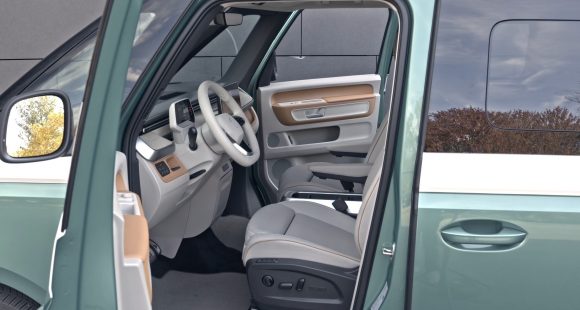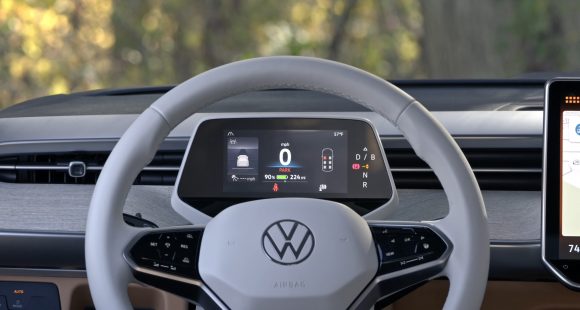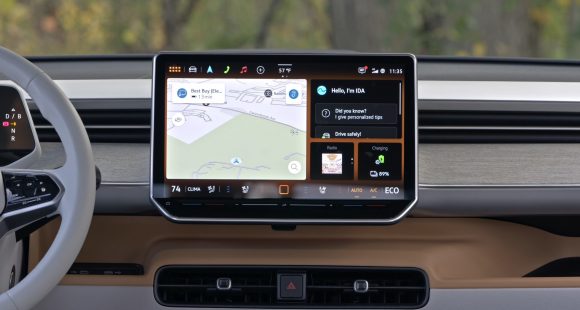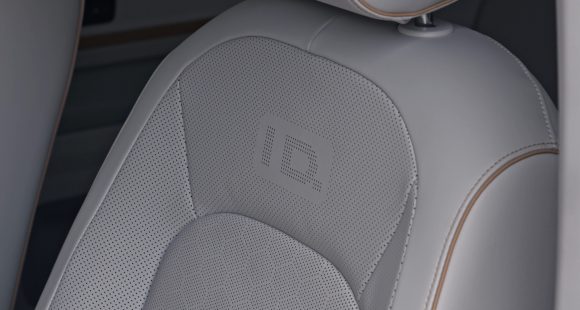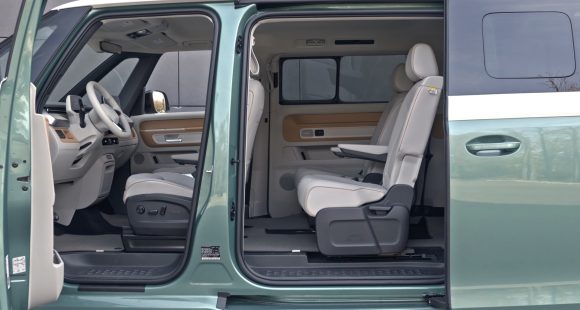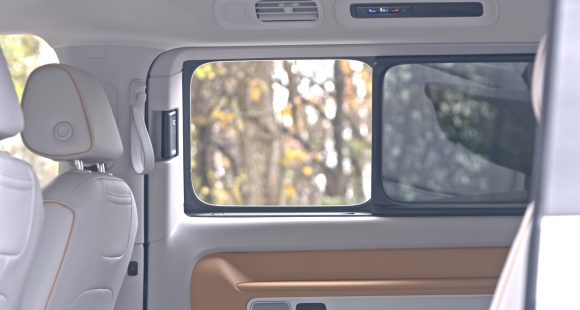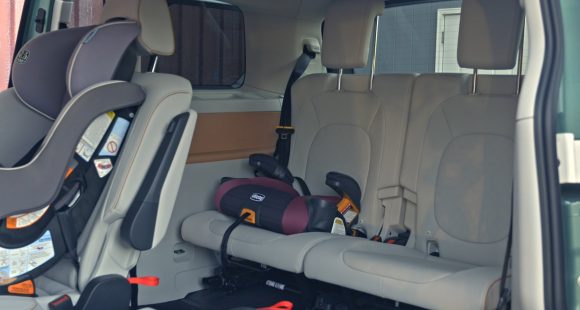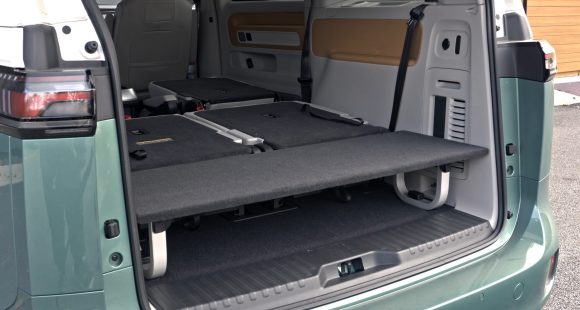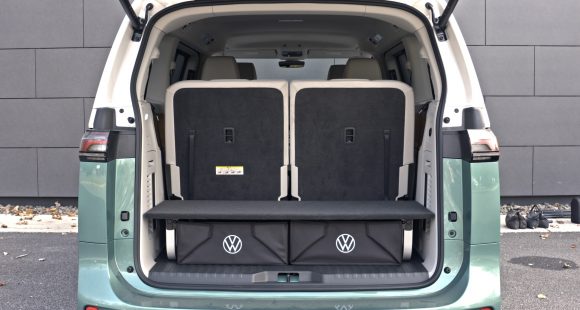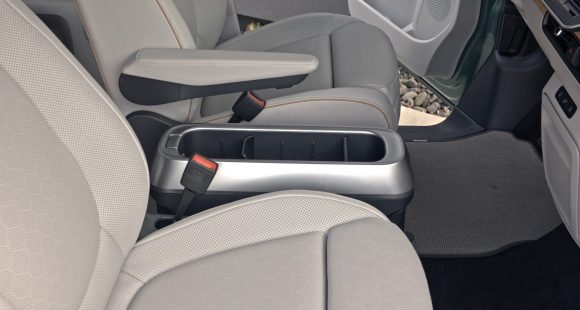2011 Buick Regal
While most buyers think of Buick as a posh, premium brand, their performance car history actually dates back to the legendary straight-8s of the 1930s. In more recent decades, the Regal nameplate carried the best of Buick’s performance intensions. So it makes sense that when Buick planned an all-new, mid-size sports sedan that the Regal name would once again appear. But this Regal is not like any Buick we’ve driven before.
After a six-year absence, the Buick Regal returns for 2011 as an all-new Euro-bred, front-drive sports sedan. Developed at Germany’s famed Nurburgring, the new Regal is a near doppelganger to the Opel Insignia – Europe’s 2009 Car of the Year, and the most promising entry from GM’s tri-shield division since the Grand Nationals of the 1980’s. To that end, the Regal will compete with premium-level sports sedan like the Audi A4, Acura TSX, Volkswagen CC, and Volvo’s new S60.
Initially imported in premium CXL trim only, the Regal touts the same sleek and upscale design language, but adds a healthy dose of frontal aggression from the LaCrosse and Enclave - an oversized Buick waterfall grille, flanked by prominent, swept-back, non-HID headlamps.
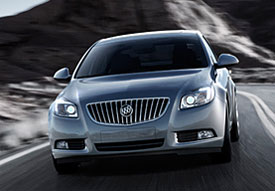 The Regal’s sculpted coupe-like profile features a fast, flowing roofline, sharp body creases, and flared fenders, exuding a performance-oriented spirit. The tapered rear wears an abbreviated deck and bold tail lamps, both hallmarks of the contemporary sports sedan. Standard alloy wheels are 18-inch, with 19s optional.
The Regal’s sculpted coupe-like profile features a fast, flowing roofline, sharp body creases, and flared fenders, exuding a performance-oriented spirit. The tapered rear wears an abbreviated deck and bold tail lamps, both hallmarks of the contemporary sports sedan. Standard alloy wheels are 18-inch, with 19s optional.
Power will be a surprise to some, four cylinder direct-injected powertrains only from GM’s Ecotec family. The standard 2.4-liter, shared with the Lacrosse and Chevy Equinox, delivers 182 horsepower and 172 pound-feet of torque.
Optional is a 2.0-liter twin-scroll turbo with 220 horsepower and 258 pound-feet of torque. An even higher-performance turbo GS arrives next year. The 2.4 is mated to a self-shift six-speed automatic, while the 2.0 turbo offers a proper six-speed manual as standard and automatic as option. Unfortunately, for our test runs only a 2.4 automatic was available.
And while it felt pretty peppy off the line, it was only adequate overall; taking a longish 9.4 seconds to get to 60, and 17 seconds to complete the quarter mile at 84 miles per hour. We’d definitely opt for the 2.0 turbo. But, it is taking corners where this Regal shines brightest. The Epsilon II chassis, with its strut-type front, and four-link rear suspension, both with a hollow stabilizer bar, delivered an impressive level of agility and nimbleness.
Turbo models add a fine Interactive Drive Control System. Its three modes - Standard, Tour, or Sport - alter suspension settings, steering sensitivity, throttle response, and shift pattern. Stopping hardware is all disc ABS brakes. Our car met hard stops with a 60 to 0 average of 129 feet, all straight and smooth.
This Regal meets all the European sports sedan cliches. It handles like it’s on rails. It feels bolted to the road. But you’ve got to remember, this is a Buick and it’s made in Germany, and that puts this Regal in a whole new light. The Regal’s spacious and well-appointed cabin combines classic Buick styling with modern sports sedan cues.
 Fit and finish are on par with anything in the premium segment, although the dash is mostly hard plastics. On the other hand, gauges and controls exude a decidedly upscale quality.
Fit and finish are on par with anything in the premium segment, although the dash is mostly hard plastics. On the other hand, gauges and controls exude a decidedly upscale quality.
Seats are well-positioned, firm, and nicely-bolstered. Leather upholstery and seat heat come standard. Enhancing occupant comfort is standard auto climate with humidity sensor. For piping in your favorite driving music, there’s a seven-speaker stereo or an upgraded nine-speaker Harman Kardon audio system.
But oh-so European is the absence of an available rear view camera. As is the console mounted, multi-function central controller for Stereo, Nav, Bluetooth, and even OnStar. The rear seat is comfortable for two adults, but tight for three. And the 60/40 split-folding feature adds length to the already very usable 14.3 cubic foot trunk.
Government Fuel Economy Ratings for the Regal 2.4 are 19 city/30 highway. We achieved a fine 27.1 on regular in real-world driving. The Energy Impact Score is 14.9 barrels of oil consumed per year. The Carbon Footprint is a relatively modest 8.1 annual tons of CO2 emitted.
Pricewise, the new Regal is very competitive. The 2.4 CXL has a base sticker of $26,995. The CXL Turbo starts at $29,495. More models and a lower entry price will follow when Regal production moves to the U.S. next year.
Despite its stodgy name, the 2011 Buick Regal made a great impression on us. Yes, it needs the 2.0 turbo manual to be truly competitive to its European rivals. But even the standard car we tested was a revelation. We just hope the Regal is not a one-off effort, and that Buick performance is back for real.
Specifications
- Engine: 2.4-Liter
- Horsepower: 182
- Torque: 172 Lb Feet
- 0-60 MPH: 9.4 Seconds
- 1/4 Mile: 17.0 Seconds @ 84 MPH
- 60-0 MPH: 129 Feet
- EPA: 19 MPG City/ 30 MPG Highway
- Mixed Loop: 27.1 MPG
- Energy Impact 14.9 Barrels Oil/Yr:
- CO2 Emissions: 8.1 Tons/Yr
2025 Volkswagen ID. Buzz
Volkswagen Brings Beetlemania Level Of Excitement To Minivan Segment
The duty of upholding Volkswagen’s heritage has most recently been delegated to small legacy car names like Golf and Jetta. But hold on! A much larger, totally modern take on VW’s classic microbus has just buzzed over the horizon— the all-electric ID. Buzz. It’s been at the top of our minds since we first saw the concept back in 2017. Well, it’s finally here, so let’s get our groove into drive!
This 2025 Volkswagen ID. Buzz has indeed created the most buzz around Volkswagen since the Beetle’s return to the U.S. in the late 1990s. We couldn’t drive it anywhere without drawing a crowd. No wonder, just about everyone has a VW Microbus story to tell, and seeing this reimagined version rolling down the street brings back all those memories.
VW really pulled it off as far as we’re concerned, as it looks great without appearing over the top. All the cues are here: Big VW logo front and center, lots of greenhouse including A-pillar windows and mini sliders for the second-row passengers, D-pillar air vents, and two-tone wheels. And while its appearance may be pure retro, its drivetrain is far from it, as the ID. Buzz is all-electric, and unlike the new Beetle, the Buzz does retain the original Microbus’ rear-drive architecture.
Powering those rear wheels is a 210-kW motor drawing juice from a 91-kWh battery for a range of 234 miles; 200-kW max charging will get you to 80% in about 26 minutes. Buyers can add another small 80-kW motor up front for 4motion all-wheel-drive and an increase of total output from 282 to 335 horsepower with a combined 512 lb-ft of torque. It uses the same battery, but range estimates drop just slightly to 231 miles. But while those numbers are modest, we also found them to be quite conservative, as we observed as many as 287 miles available in our all-wheel-drive tester’s gauge display and were on pace for 273 miles in our driving loop.
One throwback theme that may be a turnoff to some is that it’s quite a step up into the Buzz’s front seats, but there’s certainly a commanding view of the road once you climb in. Second row seating can be either a three-place bench or a pair of captain’s chairs, so there’s generous room for seven or six passengers. The captain’s chairs in our Pro S Plus offer good support and very easy access to the third row.
Lots of flexibility too with the option to simply fold the seats or remove them altogether.
With the sliding side doors and a wide opening rear hatch, there’s plenty of access for loading big sport utility amounts of cargo. Lots of flexibility too with the option to simply fold the seats or remove them altogether, and the ability to create a full-length flat floor with a rear cargo shelf that covers some handy removable storage bins. There’s 18.6 cubic-feet of space behind the third row, 75.5 behind the second, and a max of 145.5. That’s more than a Chevrolet Tahoe. For smaller items, there are lots of cubbies throughout the cabin, along with a standard Buzz Box that can be moved to multiple locations.
With a design that prioritizes retro form and modern function over aero efficiency, the 4motion equipped ID. Buzz earns a Fair efficiency rating, using 42-kWh of electricity per 100 miles, and we weren’t sure what to expect at our Mason Dixon test track.
What we found was great torque off the line and drama free launches to 60 in just 5.3 seconds. It was very stable at speed and power delivery stayed steady most of the way down the track until we reached about 90 mph, when it began to taper off just before we finished the quarter-mile in 14.0 seconds flat at 97 mph.
With 1,200-lbs. of battery weight nestled in its 127.5-inch wheelbase, the Buzz felt planted to the pavement through our handling course. There was quite a bit of body roll to deal with, but surprisingly little understeer. In panic braking runs, pedal response was inconsistent, feeling soft at times, pushing back hard at others; but through it all, results were quite good, stopping from 60 in an average of just 108 feet.
Three interior themes are available, this Dune is the brightest, featuring coastal inspired wood optic dash décor, “gray and clay” leatherette surfaces, and a high-mounted central 12.9-inch touchscreen. Pricing starts with a rear-wheel-drive Pro S at $61,545; this Pro S Plus begins at $65,045, add another $4,500 for 4motion, which brings a few extra features along with all-wheel drive.
Retro design with old-school VW charm, modern EV drivetrain, big SUV capacity merged with minivan flexibility; it all comes together in this 2025 Volkswagen ID. Buzz. It’s easily one of the coolest rides of the year and one that will likely keep Volkswagen dealers buzzing for years to come, and that’s something no other people and things mover can say.
Specifications
As Tested
- Motor Setup: Dual-Motor AWD
- Battery Size: 91-kWh
- Horsepower: 335
- Torque: 512 lb-ft
- EPA Range: 231 miles
- 0-60 mph: 5.3 seconds
- 1/4 Mile: 14.0 seconds at 97 mph
- Braking, 60-0: 108 feet
- MW Test Loop: ~ 273 miles







